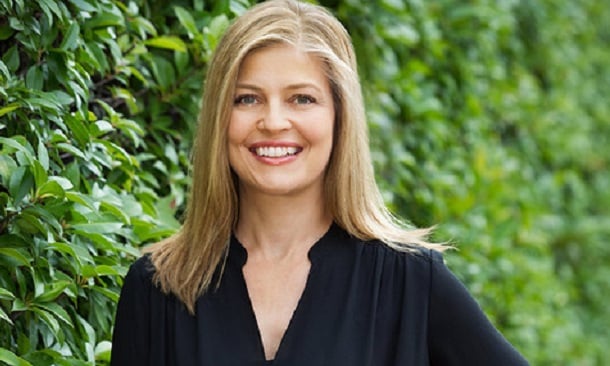WASHINGTON, DC—Pop-up parks are instant open areas ready for public use and programming. They are under-utilized space, or space originally purposed for another use, such as a parking space/parking lot.
“Pop-up parks can accelerate real estate development, activate emerging neighborhoods, and support businesses and safe pedestrian zones,” says Stephanie Pankiewicz, a partner at LandDesign. “While the term is used in some circles to describe car-designated zones reclaimed for pedestrian use, today’s pop-up parks are diverse, creative and often a key to validating both the need for more urban open space and concept designs that test new ideas in public realm design.”
Recommended For You
Want to continue reading?
Become a Free ALM Digital Reader.
Once you are an ALM Digital Member, you’ll receive:
- Breaking commercial real estate news and analysis, on-site and via our newsletters and custom alerts
- Educational webcasts, white papers, and ebooks from industry thought leaders
- Critical coverage of the property casualty insurance and financial advisory markets on our other ALM sites, PropertyCasualty360 and ThinkAdvisor
Already have an account? Sign In Now
*May exclude premium content© 2025 ALM Global, LLC, All Rights Reserved. Request academic re-use from www.copyright.com. All other uses, submit a request to [email protected]. For more information visit Asset & Logo Licensing.









